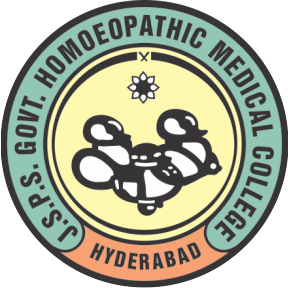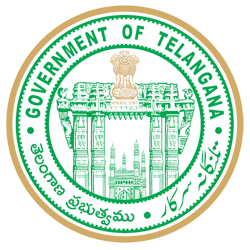Department of Anatomy
About the Department
The word “Anatomy” is derived from Greek word “Anatome”, meaning “cutting up”. Anatomy is the science that deals with structural (morphological) arrangement of various components of an organ, tissue or part of the body and its correlation with function. As structural arrangement is based on function & functional requirement decides the structural arrangement, therefore anatomy forms firm foundation of whole art of medicine.
The curriculum of Anatomy in our institute includes study of:
1. General Anatomy (which includes modern concepts of cell, study of tissues, genetics)
2. Developmental Anatomy
3. Regional Anatomy (which includes detailed study of Upper & Lower limbs, Thorax, Abdomen & Pelvis, Head & Neck, Neuroanatomy)
4. Histology
Department of Anatomy in our institute has well maintained lab which has a good collection of bones, full skeleton, large number of anatomical specimens, anatomical models, a cadaver tank which has the capacity to hold 4 cadavers, 4 dissection tables. We have microscopes & more than 100 histology slides.
Anatomy in relation to Homoeopathy:
Dr.Hahnemann in his Materia Medica pura used anatomical terms abundantly.
This is a fact that each and every remedy has specific action on specific part or organ of body More over most of the clinical therapeutic books are written in anatomical terms to describe the drug affinity. Thus, proper knowledge of Anatomy is a must for every Homeopath to understand “Sphere of action of remedy” & in treatment of sick individual.
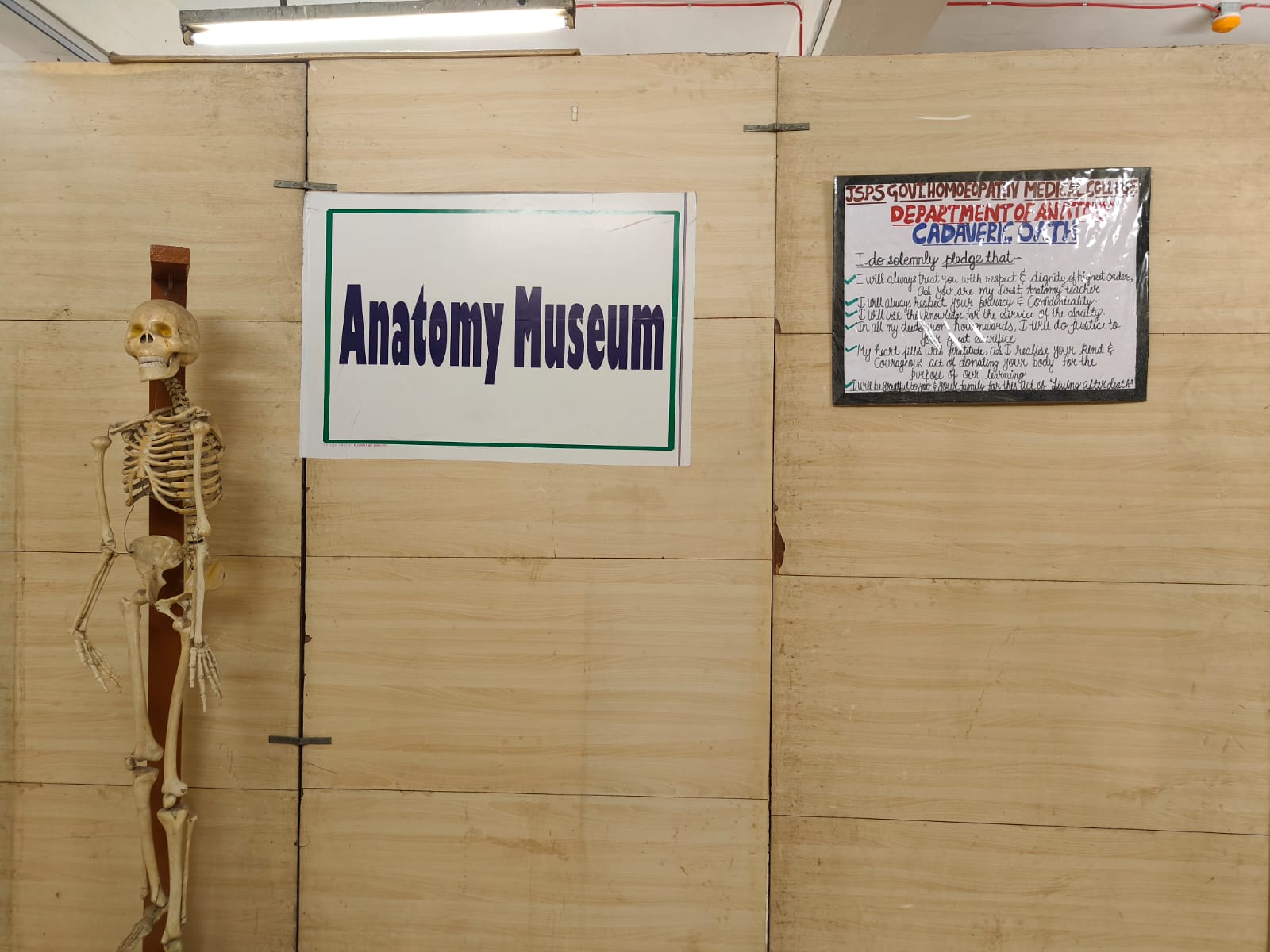
Teaching method includes use of power point presentations with colourful pictures & animations and use of white board, which help students understand location, relation & function of parts/ organs clearly. Seminars & group discussions are also arranged periodically. Class tests are conducted on regular basis to assess every student’s understanding of the subject.
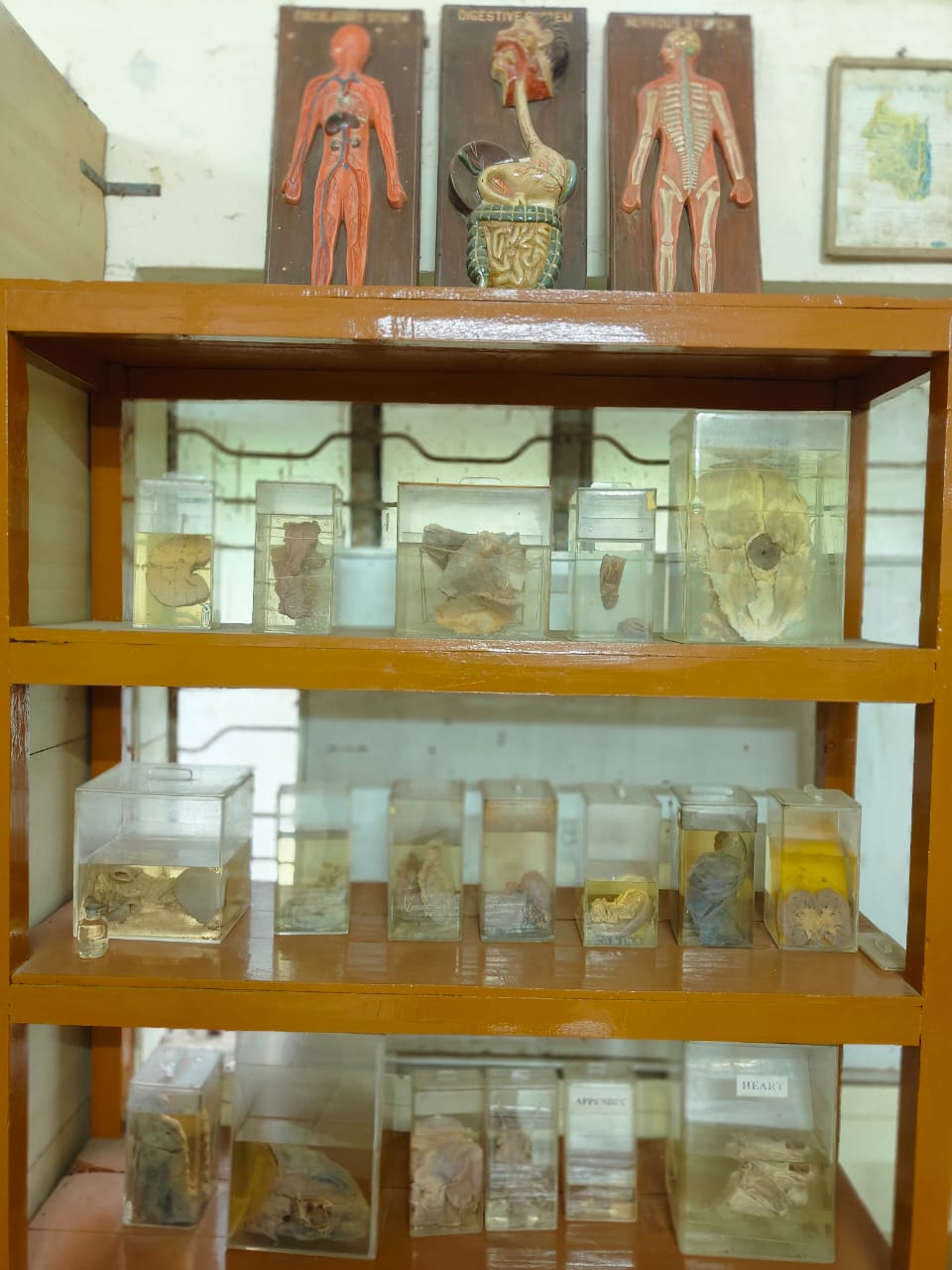
Teaching emphasises on general anatomical positions & broad relations of viscera, muscles, blood vessels, nerves & lymphatics. Dissections are conducted, which help the student understand body in relation to its function.
Students are trained to recognize anatomical specimens; to identify & answer questions on structures displayed in recent dissections. They are as well trained in osteology & made to be familiar with bones, their articulations & with the manner of classification of long bones.
More importance is laid upon clinical anatomy, which is application of anatomical knowledge to the practical problems in clinical situations, so that the student can appreciate various pathological conditions and deformities in relation to body structures. Study of normal radiological anatomy also forms a part of practical training.

Faculty Details:
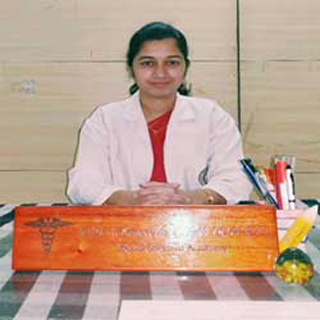
Dr. Sangeetha Naik
Asst. Professor
| Qualification | BHMS; M.D (HOM) |
| Date of Birth | 02/12/1983 |
| Reg. No. | 6525 |
| Name of Board | Board of Indian Medicine |
| Date of Initial Appointment | 14/12/2018 |
| drnaik83 @hotmail.com |
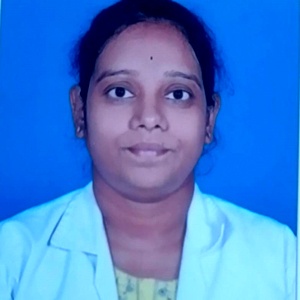
Dr. K. Swetha
Lecturer
| Qualification | M.D (HOM) |
| Date of Birth | 31/05/1988 |
| Reg. No. | 7521/H/2012 |
| Name of Board | Board of Indian Medicine |
| Date of Initial Appointment | 29/01/2022 |
| swetha.kenche88 @gmail.com |
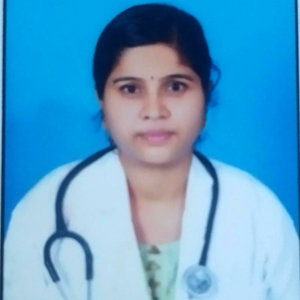
Dr. Y. Sangamithra
Lecturer
| Qualification | M.D (HOM) |
| Date of Birth | 28/01/1983 |
| Reg. No. | 6615 |
| Name of Board | Board of Indian Medicine |
| Date of Initial Appointment | 01/10/2019 |
| sangamitra.y @gmail.com |
